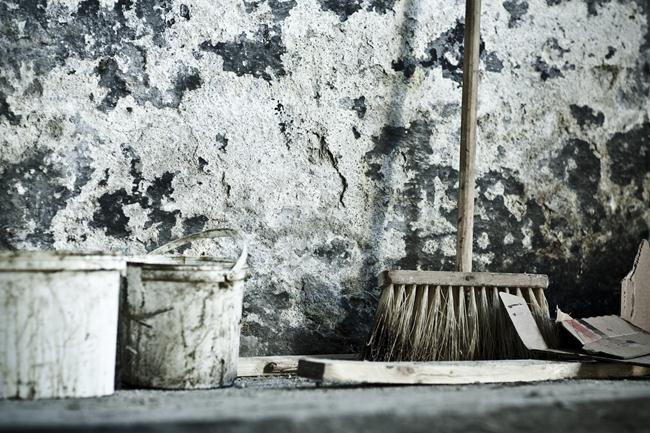
Mold requires nourishment, warmth, and moisture in order to grow. Unfortunately, your basement most likely has all three things, making it the perfect place for mold growth. Fortunately, there are ways to deal with basement mold growth. Four key steps in dealing with mold colonies are:
The fourth step, protection, is the most important and will be our focus here. As the old cliché goes, an ounce of prevention is better than a pound of cure. Preventing the growth of mold is ultimately cheaper and easier than trying to get rid of a mold colony. Also, focusing on protecting your home—your basement, especially—from mold growth will make sure you won’t have to deal with the first three steps.
The next two sections will briefly discuss the usual causes of mold growth and the methods of detecting mold in your basement. The third section provides simple tasks that you can apply right away to prevent mold growth in your basement.
UPDATE: We have recently added a checklist to help you get started on attaining a mold-free and healthy household that is safe for your family and loved ones to live in.
This is a summary of the tips below. See the checklist here!
As mentioned earlier, a basement can be a breeding ground for mold because it can be damp and humid, with no exposure to sunlight. The usual cause of mold growth in basements is a water problem, such as flooding or leaky pipes. Condensation resulting from cold temperatures and high humidity is also another common cause of mold.
The best way to deal with mold is to nip it in the bud and prevent it from spreading. The following section will discuss how to detect mold.
You will need to detect mold so you can kill it and to ensure a thorough mold cleanup.
The easiest way to check for mold is to sniff around for a musty or smell. The limited ventilation in your basement will make it much easier for you to detect any strange odors.
Looking for visible signs of mold is not the best way to check for mold growth. This is because mold likes to grow in dank areas, where people usually don’t go or look. Mold usually grows unnoticed until it has gotten pretty bad. A good rule of thumb is that if you can visibly see black spots on your wall, then the mold growth is quite severe (a black spot can be millions of spores).
Likewise, mold can grow in places hidden from sight, behind wallpaper, panelling, or drywall. It can also grow in vents and around pipes, or under your carpet. It can also grow in high areas or tight spaces which are usually not cleaned. Mold can also grow in heating ducts and air conditioning, as well as on or around furniture or storage boxes.
You can also opt for mold testing, which can be done either by a professional or by yourself, with a DIY mold test kit.
If you’re lucky enough to not find any mold in your basement, that doesn’t mean that there isn’t anything growing behind your walls, or that you will never be affected by this. The following tips will be helpful whether you’re seeking to keep your basement mold-free or as steps after you’ve removed the mold and are seeking to prevent future mold growth.
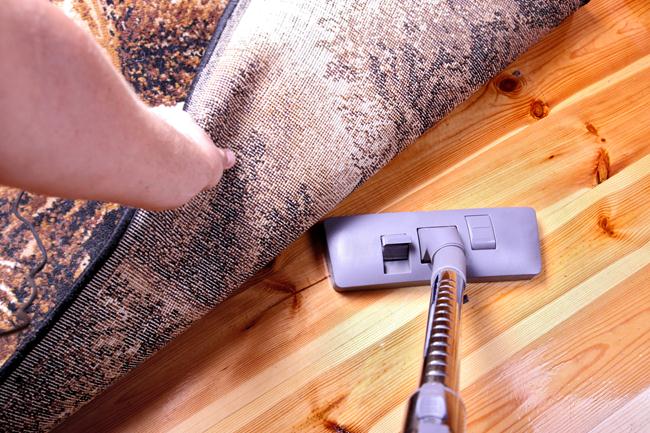
Cleaning and vacuuming regularly will help remove possible sources of mold growth. Using a vacuum with a High-Efficiency Particulate Air (HEPA) filter will effectively remove existing mold spores. Pay special attention to areas which are exposed to moisture, as well as to nooks and crannies.
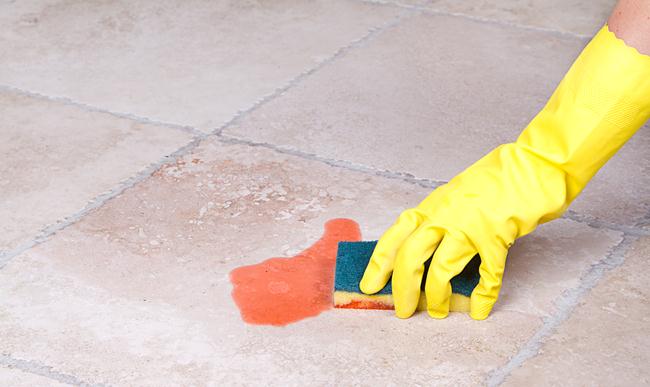
Wipe down any leaks and spills as soon as possible. In case your basement got flooded or suffered from any type of water damage, make sure it’s completely dried within two days. A heavy duty dehumidifier (costs about $230 for a unit that processes 50 pints in 24 hours) should do the trick for you. You can also consider damp-proofing your walls with a waterproof coating (i.e. UGL’s DryLok Waterproofer).
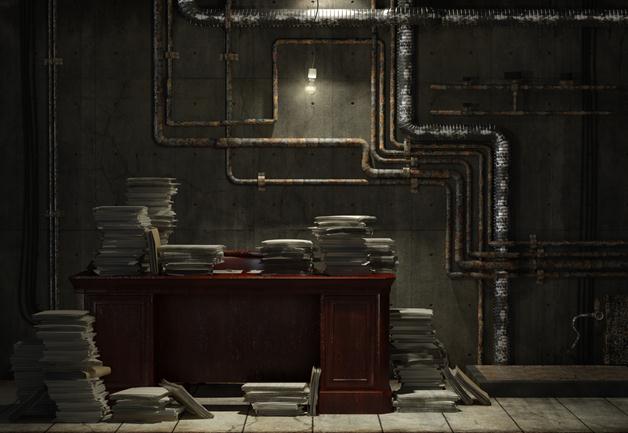
As much as possible, don’t store clothes, books, papers, and carpets in your basement. If this can’t be avoided, don’t store these items in cardboard boxes; use plastic containers instead.

Refrain from hoarding material: mold can grow on paper, wood, fabric—virtually anything that can hold moisture and collect dust. Most items in the basement haven’t been used for years. Take a look at everything you’re storing downstairs and ask yourself whether you’ve used them in the last 2 years. If not, then you’re most likely not going to be using them again in the foreseeable future, so get rid of them before they become a household problem.
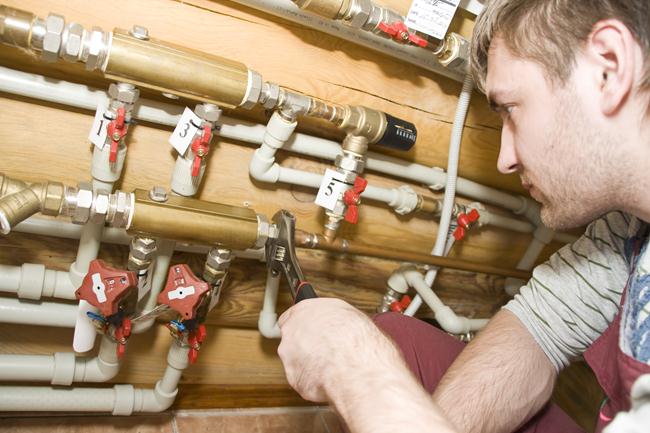
Regularly check your pipes and walls to make sure they are in good condition. Your basement walls may also leak if they aren’t waterproofed.
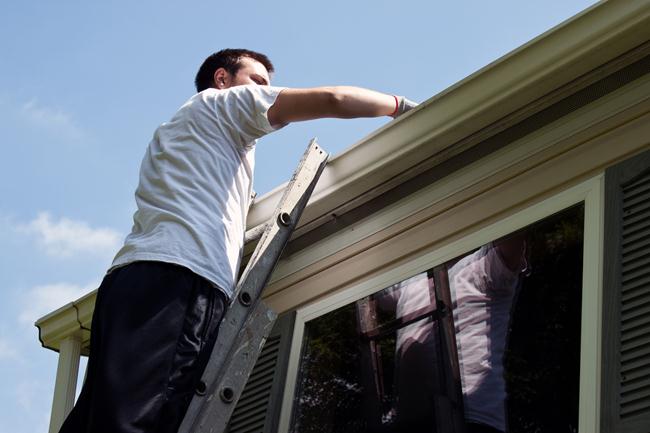
Properly cleaned gutters and downspouts will ensure that rainwater will flow away from your house’s foundation.

This will prevent water from getting into the walls. Feel the flooring and walls around all tubs, sinks and piping and check for any dampness. If so, it may be a sign that one of the pipes are loose.

Exhaust fans will help keep your home dry. Just make sure that their vents release outdoors and not to an attic or crawl space.
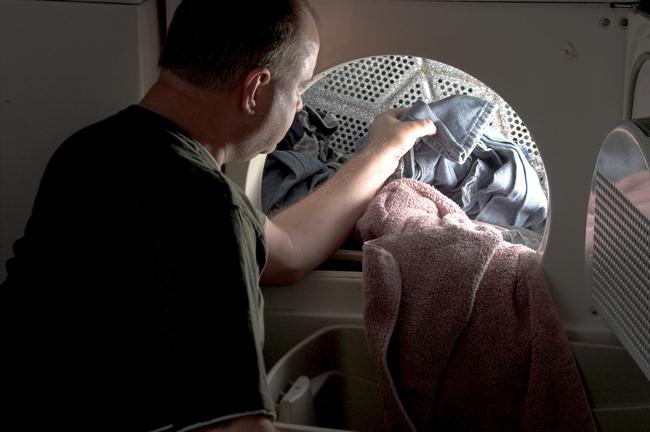
Make sure that the hoses are connected properly. Regularly clean the vent to make sure that it isn’t backed up or clogged with lint or dirt.

You can measure indoor humidity with a hygrometer; your basement humidity should not exceed 60%. You can use a dehumidifier to minimize moisture in the air and to reduce humidity indoors.

This will prevent condensation, especially in colder regions. Another way to prevent condensation is to increase the temperature in your basement, since warmer air can hold more moisture without causing condensation on cold surfaces.

Use washable floor surfaces or area rugs instead. These are easier to clean and remove, which reduces the chances of mold surreptitiously growing under them.

The soil in your plant pots can spread mold spores. If you must keep plants in your basement, make sure that you don’t overwater them and be extra-vigilant for signs of mold on your plants. Most people find that there isn’t enough sunlight downstairs to keep their plants healthy, so this isn’t usually an issue, but it’s good to be aware.

Your house should be built in a way that rainwater flows away from, not toward, your house’s foundation. Your gutters and drainage pipes should likewise be pointed away from the house, and ensure that no source of water is deposited near the basement. You can also dig drains to channel the water away from your house.

By covering your crawl spaces, you can keep water vapor out from the soil below and the water vapors from dirt and concrete walls. Sometimes you’ll even see wet spots in the crawl space. These should be taken care of immediately.
A final tip to remember is if your crawl space uses vents, keep the them open in the winter but make sure they are closed during the summer.
Although it’s impossible to totally eliminate all mold and mold spores in your basement, depriving them of moisture is the most effective way to prevent mold growth. The above mentioned tips, coupled with regular cleaning and maintenance, will go a long way in keeping a mold-free basement.
Here is a list of popular locations we serve. Call us if yours is not on the list!
Ajax, Aurora
Bancroft, Barrie, Brampton, Burlington
Downsview
Etobicoke
Georgetown, Guelph
Hamilton
Kitchener
Markham, Midland, Milton, Mississauga
Newmarket, Niagara-on-the-Lake, North York
Oakville
Pickering
Rexdale, Richmond Hill
Scarborough, St Catharines
Toronto
Vaughan
Waterloo, Whitby